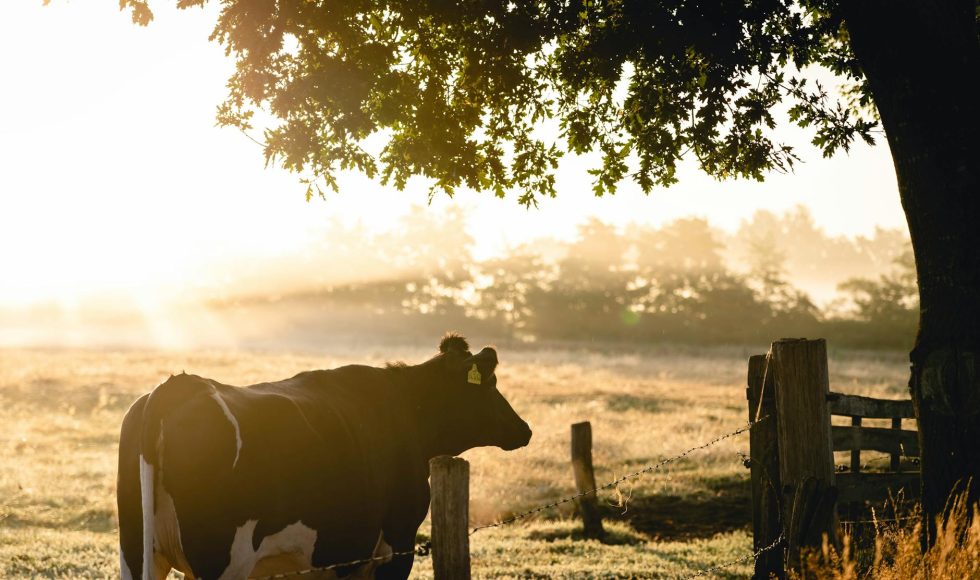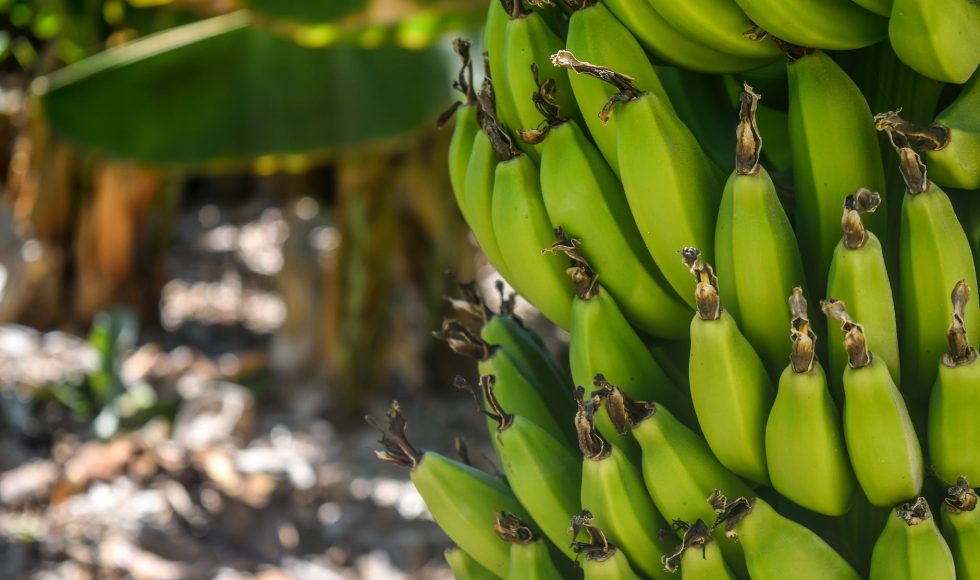Yukata Suzuki from The University of Tokyo in Japan presented at London Calling 2019 on “Identification of a new class of local copy number aberrations in lung cancer genomes using PromethION.” I thought this was timely since today, in class, we started sequencing redbud samples using a PromethION flow cell. Suzuki spoke about starting PromethION […]
Charles C. Kayuki from the Tanzania Agricultural Research Institute in Mikocheni, Tanzania, presented at London Calling 2019 on “Portable DNA sequencing in remote East African farms.” They are using genomics to fight plant pathogens, focusing on cassava. Kayuki explained that it is an easy crop to grow and drought-resistant. It is susceptible to two important […]
Daniel P. Depledge from New York University presented at London Calling 2019 on “Redefining the transcriptional complexity of viral pathogens using direct RNA sequencing.” Depledge started with a slide and the question: Got herpes? They are fascinated with herpes viruses and their multiple features and applications. Herpes simplex virus type 1 (HSV-1) is a 152 […]
I started watching London Calling 2019 sessions to learn about fungal genomics and assembly. Sara D’Andreano from the Autonomous University of Barcelona in Spain gave a “lightning talk” on “MinION application: performing long-fragment analysis on pure fungal cultures (3.5 kb and 6 kb) and genome analysis of Malassezia pachydermatis.” D’Andreano is a Ph.D. student working […]
Manuel Anguita Maeso, a Ph.D. student at the Institute for Sustainable Agriculture at the CSIC in Spain, spoke at the Nanopore Community Meeting 2021. The session’s title was “Unravelling the whole genome of olive antagonist xylem-inhabitant bacteria to fight vascular plant pathogens in olive trees.” I had watched this session previously and wanted to learn […]
Amanda Warr from The Roslin Institute in the UK presented at London Calling 2019, “Going full circle: assembly of high-quality, single-contig microbial genomes from the rumen microbiome using long-read sequencing.” I had not watched this session before! They spoke about the rumen: a specialized stomach with a complex microbial environment. They are interested in the […]
Allison Guitor spoke at the Nanopore Community Meeting 2019 on “Harnessing long-read sequencing for antibiotic discovery.” Guitor is from McMaster University in Canada. They noted that antibiotic resistance is on the rise, and there are multidrug-resistant infections. One of the challenges is that bacteria have membranes and mechanisms to remove antibiotics. Guitor shared a timeline […]
Caroline Koch from the Imperial College in London, UK, presented at London Calling 2023 a lightning talk on “Novel screening platform for highly multiplexed biomarker analysis.” Koch was a Ph.D. student and explained why we need methods for multiplexed biomarker detection by emphasizing how we all express diseases differently and need sensitive diagnostic methods. They […]
I am continuing to watch the London Calling 2023 on-demand lightning talks. Tonight, I watched the session “Discovering the missing variation: a long-read sequencing study into the structural variation in two dairy breeds” by Tuan Viet Nguyen, a research scientist from Agriculture Victoria in Australia. They spoke about structural variants, defined as genomic variants larger […]
Luca Degradi from the University of Milan in Italy presented at London Calling 2021 about “Chromosome-level genome assembly of Fusarium musae using MinION.” They described this organism as a “cross-kingdom pathogen” reported by the HUPLANTcontrol program in Europe. The organism can infect bananas and humans! The first infection seems to have been a human. At […]











